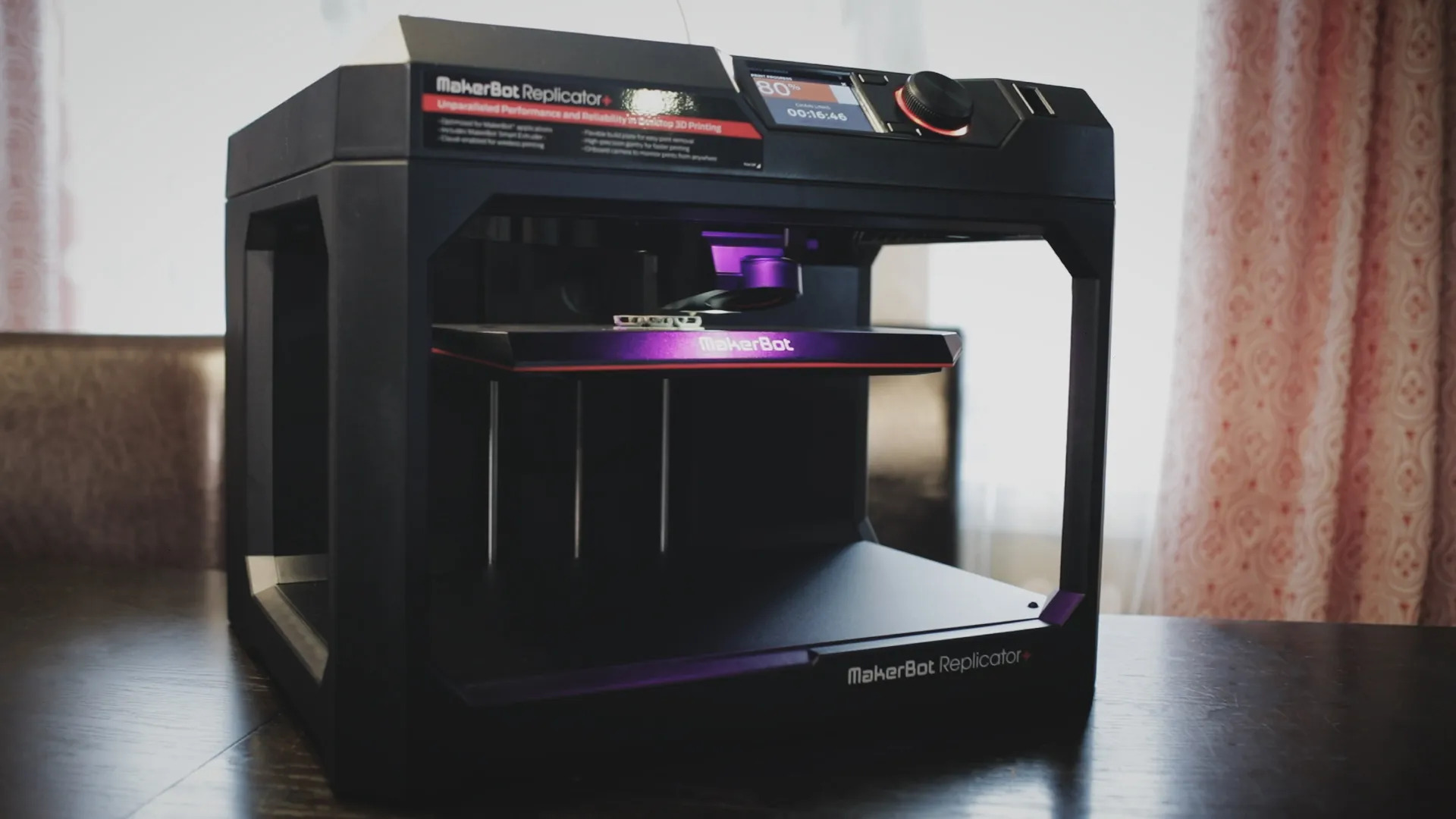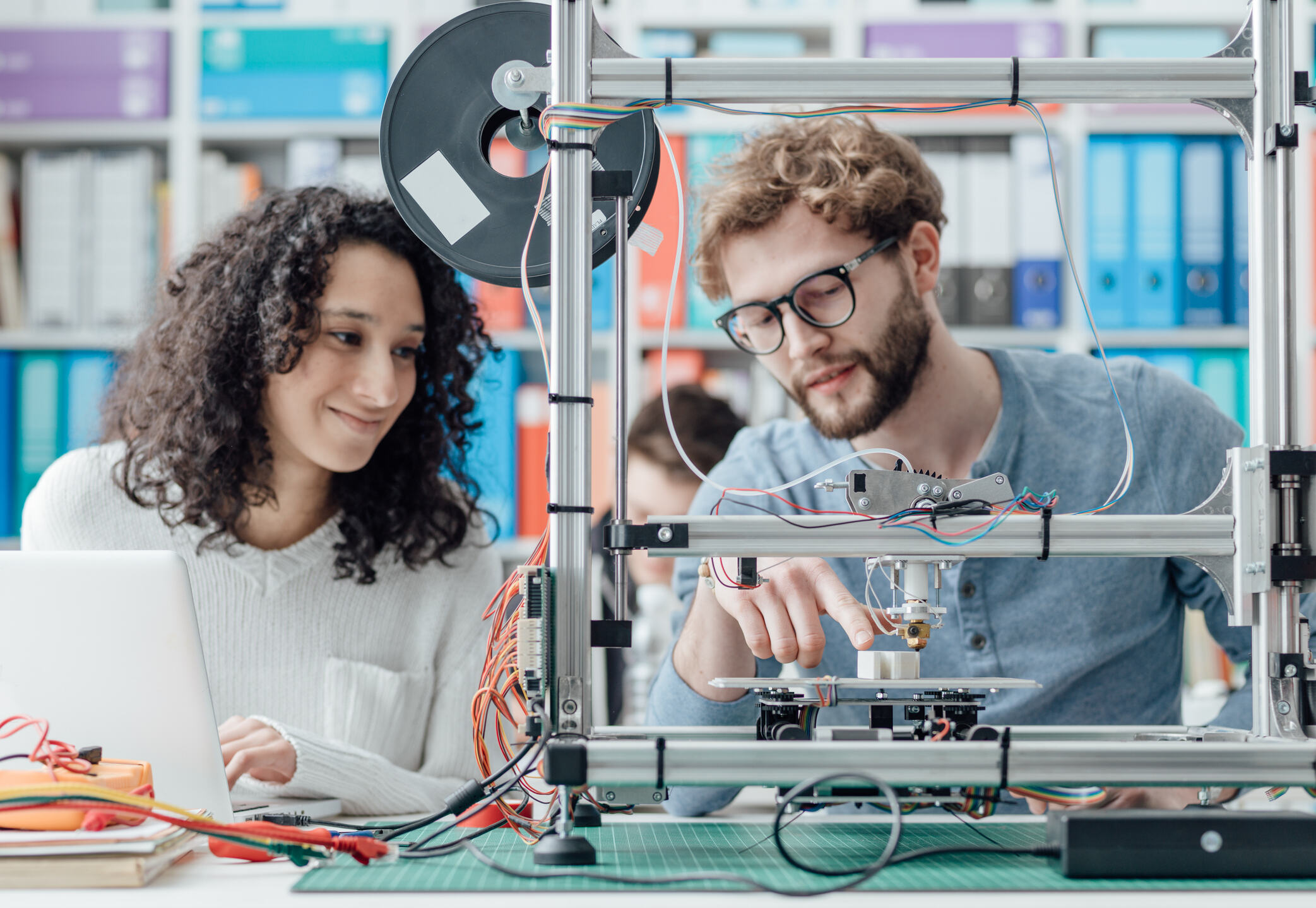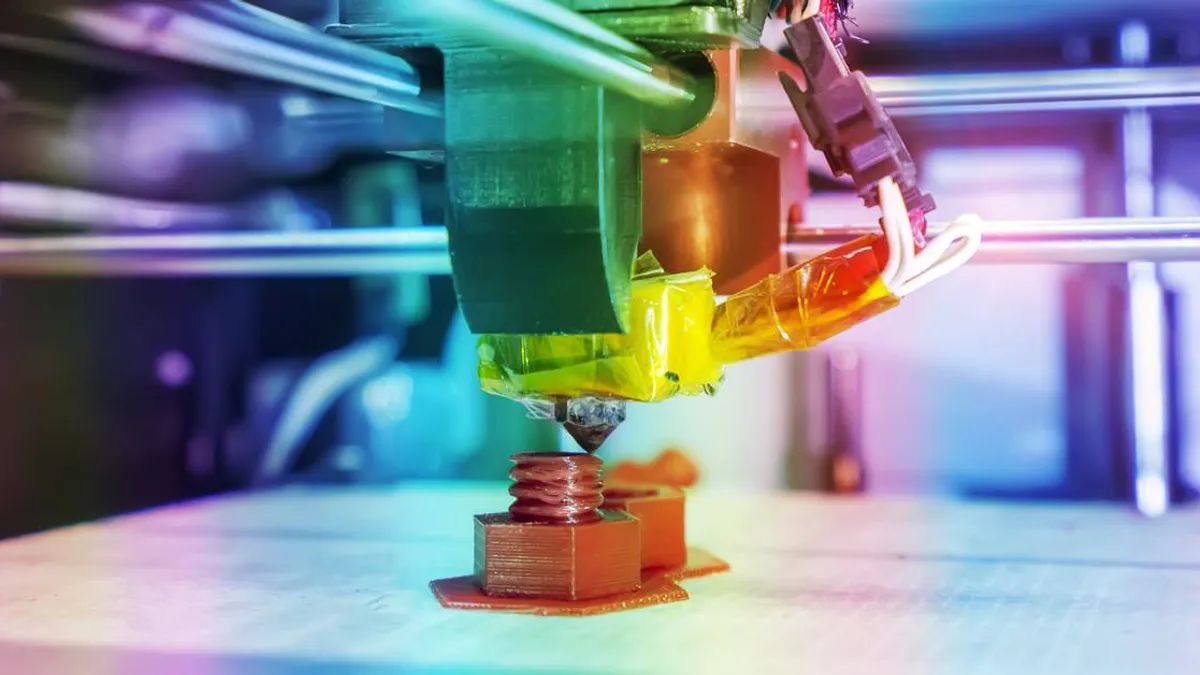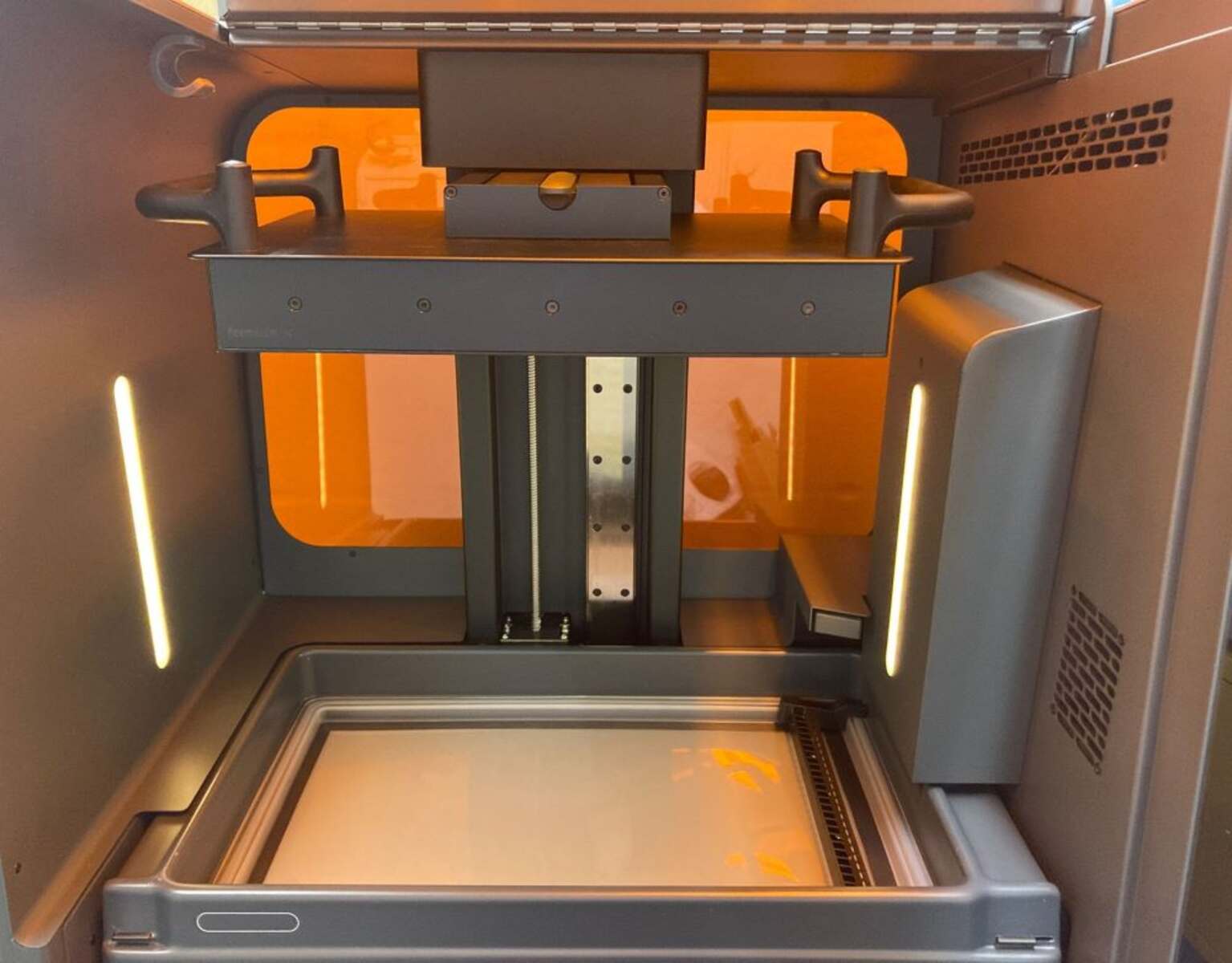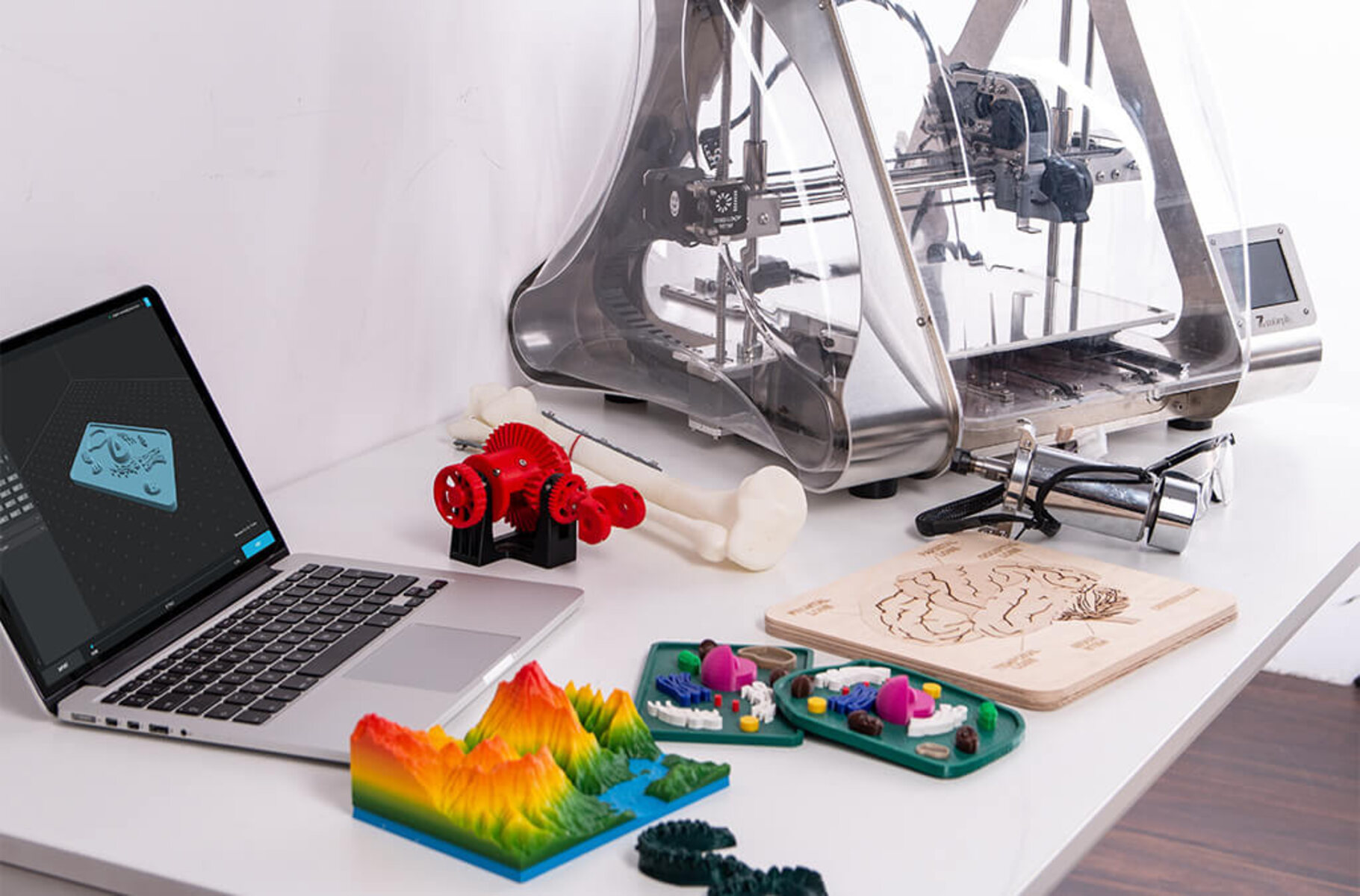Introduction
Welcome to the world of 3D printing! With the rapid advancement of technology, 3D printing has become increasingly accessible and popular among hobbyists, professionals, and even consumers. This groundbreaking technology allows you to bring your digital designs to life by creating three-dimensional objects layer by layer.
Whether you are a creative enthusiast, an engineer, or someone with a curious mind, 3D printing opens up a world of possibilities. From prototyping and product development to customized art projects and even medical applications, the potential uses for 3D printing are vast and varied.
In this article, we will explore the essentials of 3D printing, including the different types of 3D printers available, the materials used for printing, the software required for designing 3D models, how to prepare files for printing, and tips for choosing a 3D printing service. We will also discuss common troubleshooting issues and safety precautions to ensure a successful and secure printing experience.
Whether you are a complete beginner eager to learn about this fascinating technology or a seasoned 3D printing enthusiast looking for some useful insights, this guide aims to provide you with the knowledge you need to embark on your 3D printing journey.
So, grab a cup of coffee, sit back, and let’s delve into the exciting world of 3D printing!
Types of 3D Printers
When it comes to 3D printing, there are several different types of printers available, each with its own unique capabilities and technologies. Understanding the different types of 3D printers will help you choose the one that suits your needs and requirements. Here are some of the most popular types:
- Fused Deposition Modeling (FDM): FDM printers, also known as Fused Filament Fabrication (FFF) printers, are the most commonly used type of 3D printers. FDM printers work by extruding melted filament through a heated nozzle, which then solidifies and builds layers to create the object. These printers are affordable, easy to use, and are suitable for a wide range of applications.
- Stereolithography (SLA): SLA printers use a process called photopolymerization to create objects. A liquid resin that hardens when exposed to UV light is used, and the printer uses a laser or UV light to selectively cure the resin layer by layer. SLA printers produce high-resolution prints with smooth surfaces, making them ideal for intricate and detailed designs.
- Selective Laser Sintering (SLS): SLS printers utilize a powerful laser to selectively fuse powdered materials, such as nylon or polyamide, to create objects. The laser sinters the powder layer by layer, bonding the particles together. SLS printers are known for their ability to produce strong and functional parts, making them popular for industrial prototyping and manufacturing.
- Binder Jetting: Binder Jetting printers work by depositing a liquid binding agent onto thin layers of powdered material, such as metal or sand. The binder solidifies the powder, creating the object layer by layer. After printing, the object needs to undergo additional post-processing to remove excess powder and strengthen the structure. This type of printer is commonly used in industries such as jewelry making and metal casting.
- Digital Light Processing (DLP): DLP printers use a digital projector to project UV light onto a vat of light-sensitive resin. The UV light solidifies the resin layer by layer, creating the object. DLP printers can produce high-quality prints with fast print speeds, making them suitable for both professional and consumer applications.
These are just a few of the many types of 3D printers available on the market. Each type has its own advantages and limitations, so it’s important to consider your specific needs and budget when choosing the right printer for your projects.
Materials for 3D Printing
One of the great advantages of 3D printing is the wide range of materials that can be utilized to create objects. The choice of material depends on the specific application, desired properties of the object, and the type of 3D printer being used. Here are some common materials used in 3D printing:
- PLA (Polylactic Acid): PLA is a biodegradable and plant-based filament that is popular among 3D printing enthusiasts. It is easy to use, has a low melting point, and produces minimal fumes during printing. PLA is ideal for creating prototypes, educational models, and decorative objects as it provides good surface quality and vibrant colors.
- ABS (Acrylonitrile Butadiene Styrene): ABS is a durable and impact-resistant filament that is commonly used in functional and mechanical parts. It has a higher melting point compared to PLA, making it suitable for applications that require heat resistance and toughness. However, ABS emits fumes during printing, so it is important to have proper ventilation or use an enclosed printer to ensure safety.
- Nylon: Nylon is a versatile material known for its strength and flexibility. It is commonly used in industrial applications due to its durability and resistance to wear and tear. Nylon prints can have a slightly porous texture, making them suitable for applications such as custom gears, functional prototypes, and parts requiring high impact resistance.
- Resin: Resin materials, such as photopolymer resins, are used in SLA or DLP printers. Resin prints offer high detail and smooth surface finishes, making them ideal for jewelry, dental models, and other intricate designs. They come in various formulations, including standard, flexible, and castable resins, each catering to specific requirements.
- Metal Filaments: Metal filaments, such as brass, bronze, or stainless steel, are composite materials that contain metal powder. These filaments can be used in printers with a specialized extruder, and the resulting prints have a metallic appearance, making them popular for aesthetic and decorative purposes.
These are just a few examples of the materials available for 3D printing. Other materials, such as wood-filled filaments, carbon fiber filaments, and even food-grade filaments, offer unique properties for specific applications. It is essential to understand the properties and limitations of each material and choose the one that best suits your intended use and printing requirements.
3D Modeling Software
In order to create 3D objects for printing, you will need to use 3D modeling software. These software tools allow you to design, sculpt, or modify digital models that can be translated into physical objects through the 3D printing process. Here are some popular 3D modeling software options:
- Tinkercad: Tinkercad is a beginner-friendly, web-based 3D modeling software. It offers a simple and intuitive interface, making it a great choice for those who are new to 3D design. Tinkercad provides basic shape generation, manipulation, and assembly features, making it suitable for creating simple models and prototypes.
- Fusion 360: Fusion 360 is a powerful and versatile 3D modeling software developed by Autodesk. It offers a range of advanced features, including parametric modeling, sculpting, and assembly tools. Fusion 360 is widely used in various industries and is suitable for creating complex, functional designs and mechanical parts.
- Blender: Blender is a free and open-source 3D modeling software that is popular among artists, animators, and game developers. It offers a wide range of features, including sculpting, rigging, and animation tools. Blender is known for its robust capabilities and flexibility, making it suitable for creating intricate and highly detailed models.
- SolidWorks: SolidWorks is a professional-grade 3D modeling software widely used in engineering and product design. It offers advanced features for creating complex geometries, parametric modeling, and simulation. SolidWorks is known for its precise measurements and analysis capabilities, making it suitable for designing parts with specific dimensions and tolerances.
- ZBrush: ZBrush is a digital sculpting software used by artists and designers to create organic and highly detailed models. It offers powerful sculpting brushes and intuitive tools for creating intricate surface details. ZBrush is commonly used in character design, concept art, and digital sculpting for visual effects.
These are just a few examples of the 3D modeling software tools available. Each software comes with its own learning curve and capabilities, so it’s important to choose a software that matches your skill level and design requirements. Additionally, many 3D printers are compatible with industry-standard file formats such as STL (Standard Tessellation Language), which allows you to use various software options for preparing models for printing.
Preparing Files for Printing
Once you have created or obtained a 3D model in a suitable file format, such as STL, it needs to be prepared before it can be sent to the 3D printer. Here are the steps involved in preparing files for printing:
- Repairing and Checking for Errors: Before printing, it’s crucial to check the integrity of the 3D model and fix any issues. Software tools like Meshmixer or Netfabb can help you identify and repair common problems such as intersecting geometry, non-manifold edges, or inverted normals.
- Slicing: Slicing is the process of converting a 3D model into a series of 2D layers that the 3D printer can understand. Slicing software, such as Ultimaker Cura or PrusaSlicer, allows you to adjust various printing parameters such as layer height, print speed, and infill density. It also generates a G-code file that contains instructions for the printer.
- Orientation and Supports: When preparing a model for printing, it’s essential to consider the orientation and the need for supports. Orienting the model correctly can help minimize the need for supports and achieve better print quality. Supports are temporary structures that are automatically generated or manually added to prevent overhangs and ensure successful printing of complex geometries.
- Platform Adhesion: Ensuring proper adhesion of the printed object to the print bed is crucial in preventing warping or detachment during the printing process. Various methods, such as using a heated bed, applying adhesive solutions like glue or tape, or using a specialized print surface like PEI or BuildTak, can help promote adhesion and ensure successful prints.
- Export and Transfer: Once the file is prepared and sliced, it is typically saved as a G-code file that can be transferred to the 3D printer via an SD card, USB, or through a direct connection. Some printers may have wireless connectivity options for transferring the file.
It’s important to note that the specific steps and options for file preparation may vary depending on the software and printer you are using. It’s recommended to consult the user manual or documentation provided by the software and printer manufacturer for detailed instructions on file preparation and transfer.
Choosing a 3D Printing Service
If you don’t have access to a 3D printer or prefer to outsource your printing needs, choosing a reliable 3D printing service is essential. Here are some key factors to consider when selecting a 3D printing service:
- Printing Technologies: Different 3D printing services offer various printing technologies, such as FDM, SLA, SLS, or metal printing. Consider the specific technology required for your project and ensure that the service provider has the necessary capabilities to meet your printing needs.
- Materials and Color Options: Check the range of materials available for printing. Some services offer a wide variety of materials, including standard plastics, specialty materials, or even metals. Also, consider whether the service offers options for color customization if that is important for your project.
- Print Quality and Resolution: Look for examples of the service provider’s previous work to assess the quality and resolution they can achieve. High-resolution printing may be necessary for detailed models or intricate designs.
- Turnaround Time: Consider the expected turnaround time for prints. While some services offer fast turnaround, others may take longer depending on the complexity of the project and their workload. Ensure that the service can meet your desired timeline.
- Pricing and Cost: Compare the pricing structure of different printing services. Some services charge based on the material used or the volume of the model, while others may have fixed rates for specific sizes or offer bulk discounts. Consider your budget and the cost-effectiveness of the service.
- Customer Reviews and Reputation: Research the reputation and customer reviews of the service provider. Look for feedback on the quality of prints, customer service, and reliability. Online forums, social media groups, and review platforms can be helpful in gauging the experiences of previous customers.
- Additive Manufacturing Expertise: Consider the expertise and experience of the service provider in the field of additive manufacturing. A knowledgeable and skilled team can offer valuable insights, recommendations, and assistance throughout the printing process.
- Shipping and Packaging: If the service provides shipping, ensure that they offer secure packaging to protect your prints during transit. Consider the shipping options available and any associated costs.
By thoroughly assessing these factors, you can choose a 3D printing service that aligns with your project requirements, budget, and expectations. Remember to communicate clearly with the service provider, provide accurate specifications, and discuss any specific needs or concerns you may have.
Troubleshooting Common Issues
While 3D printing has become more user-friendly over the years, it’s not uncommon to encounter some technical challenges during the printing process. Here are some common issues that you may come across when 3D printing and how to troubleshoot them:
- Print Warping: Warping occurs when the corners or edges of your print lift or curl up from the print bed. To mitigate warping, ensure that the print bed is properly leveled and cleaned. Additionally, using a heated bed or applying adhesion aids such as glue stick or a specialized print surface can promote adhesion and prevent warping.
- Layer Adhesion: Poor layer adhesion can result in weak or brittle prints. Ensure that the printer’s temperature is set correctly for the filament being used. Increasing the print temperature or adjusting the extrusion multiplier can improve layer adhesion. It may also help to slow down the print speed to allow layers to bond properly.
- Stringing and Oozing: Stringing occurs when thin strands of filament are left behind during travel moves, resulting in unwanted threads between printed parts. To reduce stringing, enable retraction in your slicing software and adjust the retraction distance and speed settings. Increasing travel speed can also hel
Safety Precautions for 3D Printing
While 3D printing is an exciting and innovative technology, it is important to prioritize safety to ensure a smooth and secure printing experience. Here are some safety precautions to keep in mind:
- Proper Ventilation: 3D printers can emit potentially harmful fumes and particles, especially when using certain materials like ABS or resin. It is essential to operate your printer in a well-ventilated area or consider using a fume hood or air filtration system to minimize exposure to these emissions.
- Fire Safety: It is important to be cautious of fire hazards during 3D printing. Never leave your printer unattended for long periods, especially when using heated beds or printing with materials that can combust. Keep a fire extinguisher nearby and ensure that your printer is equipped with thermal runaway protection for added safety.
- Electrical Safety: Make sure to follow proper electrical safety practices when setting up and using your 3D printer. Avoid using damaged power cords or overloaded power outlets. If modifications or repairs are needed, consult the manufacturer’s guidelines or seek professional assistance.
- Protective Equipment: When handling and post-processing prints, it’s advisable to wear gloves and safety glasses to protect against sharp edges and potential hazardous materials. Some filament materials may emit irritants, so wearing a mask or working in a well-ventilated area is advised.
- Printer Maintenance: Regularly inspect and clean your 3D printer as per manufacturer instructions to keep it in optimal working condition. Lubricate moving parts, check wiring connections, and ensure that the printer is free from dust and debris. Avoid touching hot components without proper protection.
- Storage and Handling: Store filament and other printing materials in a cool, dry place to prevent moisture absorption, which can lead to print quality issues. Follow storage guidelines provided by the manufacturer. Additionally, handle and dispose of used or excess materials properly, adhering to local regulations and safety guidelines.
- Knowledge and Education: Stay informed and educated about the potential risks and safety considerations associated with 3D printing. Keep up to date with product recalls, material safety data sheets (MSDS), and safety recommendations from manufacturers. Participate in training programs or workshops to understand best practices for safe 3D printing.
By following these safety precautions and maintaining a vigilant attitude towards safety, you can minimize risks and ensure a safe and enjoyable 3D printing experience.









